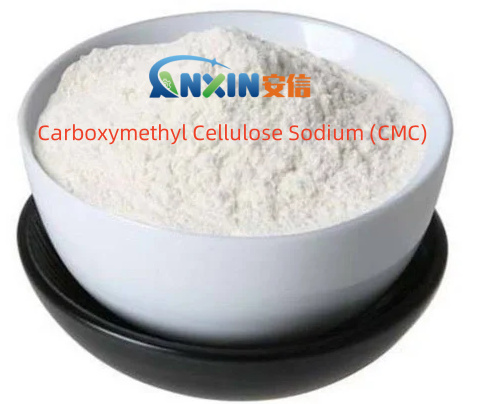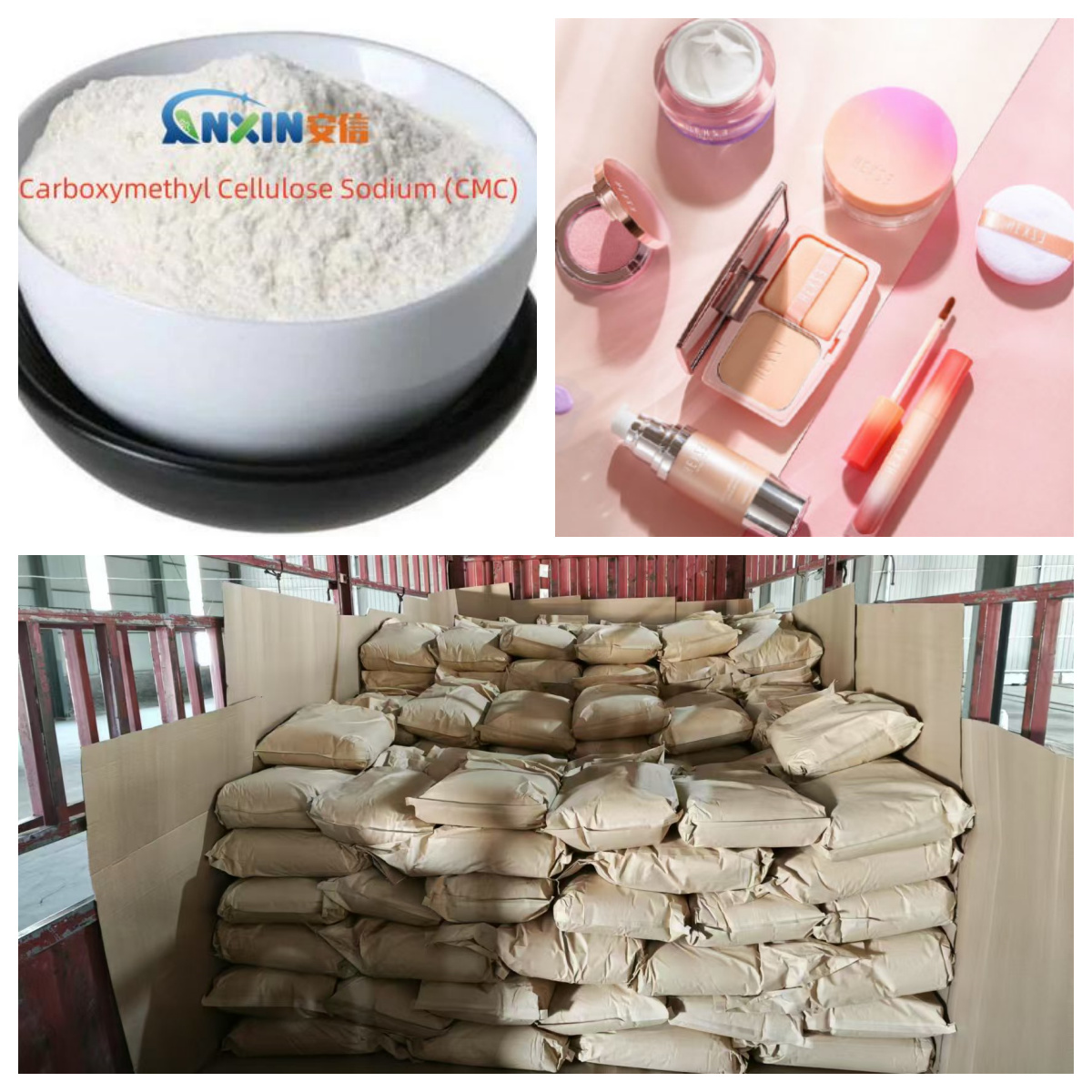Carboxymethyl Cellulose Sodium (CMC) is an anionic water-soluble polymer compound obtained by chemical modification of natural cellulose. It has good biocompatibility, safety, strong film-forming and moisturizing abilities, and is therefore widely used in the cosmetics industry. As a commonly used functional additive, CMC mainly plays the role of thickening, stabilization, moisturizing, film-forming and texture adjustment in cosmetics.

1. Basic characteristics of CMC in cosmetics
1.1. High safety
CMC is derived from natural cellulose. After moderate chemical modification, it still maintains good biodegradability and low toxicity. It will not irritate or allergic reactions to the skin, and meets the safety requirements of most countries for cosmetic raw materials.
1.2. Excellent water solubility and rheological properties
CMC is easily soluble in cold water and can form a transparent, uniform colloidal solution. Its solution has good viscosity and rheology, and can maintain a relatively stable structure under different pH conditions.
1.3. Good stability
CMC can be used as a stabilizer to inhibit the sedimentation of suspended particles, prevent emulsion stratification, and maintain the uniformity of the formula and the texture of the product during long-term storage.
2. The main application functions of CMC
2.1. Thickener
CMC is most commonly used in cosmetics as a thickener. In the formulas of lotions, creams, gels, water-based solutions, cleansers, etc., the addition of CMC can significantly increase the viscosity of the product, making the texture smoother and more comfortable to use. Compared with synthetic thickeners, CMC is natural, mild and has a wide range of formulations. The viscosity of the solution can be adjusted as needed to improve the controllability of the formula.
2.2. Stabilizer and emulsifier excipients
In multiphase systems (such as emulsions or suspensions), CMC helps the product maintain a stable structure during storage by increasing the viscosity of the continuous phase, slowing down the oil-water separation and particle sedimentation rate. In addition, CMC has a synergistic stabilizing effect on certain emulsifiers, which can reduce the amount of emulsifiers used and reduce irritation.
2.3. Moisturizer
CMC contains a large number of carboxyl and hydroxyl groups in its molecular structure, which can absorb moisture in the air and form a moisturizing film on the skin surface, reducing moisture evaporation and enhancing the skin’s hydration. CMC is often used in moisturizing sprays, facial masks, hydrating gels and other products to continuously lock in moisture.
2.4. Film former
CMC can form a uniform, breathable film on the skin surface to protect the skin from external pollution, dryness and irritation, and improve the comfort and skin care performance of the product. This feature makes it suitable for products that require film-forming effects, such as eye skin care products, anti-pollution creams, and hair dyes.
2.5. Touch adjustment and improved product spreadability
The addition of CMC can improve the rheological properties of the product, making cosmetics easier to apply, spread evenly and not easy to drip during use, especially suitable for spray and lotion products. In addition, its soft and smooth touch can enhance the user experience of high-end skin care products.
3. Examples of typical application products
3.1. Cleansing milk and facial cleanser
CMC gives the product thick foam and stable texture, while being gentle and cleansing without damaging the sebum membrane.
3.2. Skin care spray and hydrating gel
CMC has strong moisturizing properties and is used as the base colloid of transparent gel to give it a moist and clear texture.
3.3. Mask products (such as washable and peel-off masks)
Use its film-forming properties to improve adhesion and film integrity, making product use more efficient.
3.4. Hair dye and conditioner
CMC helps to evenly apply hair dye, stabilize color distribution, and improve smoothness and gloss.
3.5. Sunscreen and lotion
Enhance the product’s ductility and protective film formation ability to avoid oil-water separation.

4. Precautions for using CMC
Compatibility: CMC is sensitive to certain high-valent ions (such as calcium and magnesium), which may cause gelation or precipitation. Attention should be paid to compatibility with other ingredients.
pH adaptability: CMC is stable in the pH range of 4–10, but solubility and viscosity may be affected under overly acidic or overly alkaline conditions.
Usage concentration: Generally, the concentration used in cosmetics is 0.1%–1.0%, and it needs to be added reasonably according to the product formula structure to ensure the balance between performance and cost.
5. Development prospects
With the increasing demand for natural and safe cosmetic raw materials, CMC is favored by more and more cosmetic manufacturers due to its natural source, diverse functions, and low irritation. Especially under the trend of additive-free and organic skin care, CMC can replace some synthetic colloids and emulsifiers to improve the naturalness and green environmental protection properties of the formula.
With the advancement of compounding technology of CMC and other natural polymers (such as hyaluronic acid and xanthan gum), its performance in texture, moisturizing and film formation has also been further optimized, which will provide more innovative application space for high-end cosmetics, medical beauty skin care, child care and other fields.
As a multifunctional and highly safe natural polymer, CMC has a wide range of application value in the cosmetics industry. It not only improves the physical properties and user experience of the product, but also conforms to the development trend of green environmental protection and natural skin care. In the future, it will play a more important role in multiple market segments such as skin care, cosmetics, and hair care.
Post time: Jun-13-2025